Top 10 most famous architectural works in France #3
France is the largest country in Western Europe, the third largest in Europe and has the second largest exclusive economic zone in the world. France is a republican country. As a traditionally Catholic country, France was once known as the "Eldest Daughter of the Catholic Church". Through this, we can see French culture with strong Catholicism from architectural works, and at the same time, there is also modern innovation in every French feature. France has gone through more than a thousand years of construction and development, but those works are still kept intact and preserved until now. In this article, the toplist will introduce to you famous works with symbols of France.
8.Alexander III Bridge
Although the construction of the Alexandre III Bridge began in May 1897, in fact the first stone was laid by Tsar Nicholas II in October 1896. The bridge is a symbol of Russian-French friendship, named after the Tsar's father, Alexander III. The Alexandre III Bridge was inaugurated on the occasion of the 1900 International Exhibition along with a number of other structures that still exist today such as Gare d'Orsay (now the Orsay Museum), the Grand Palace and the Same Palace. Small. 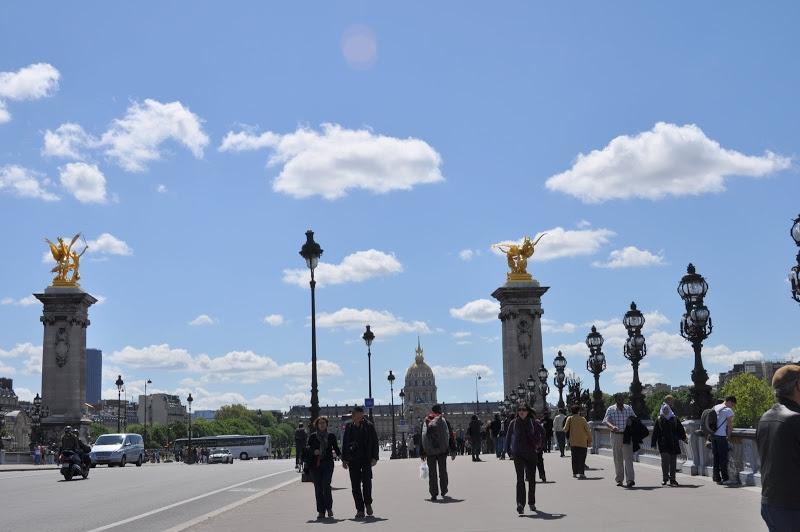
The exhibition attracted up to 50 million visitors, a very impressive number, and Alexandre III Bridge contributed significantly to this success. The bridge is only 6m high, 40m wide with a single span of 107.5m long. The bridge was built very low due to the requirement during construction that it not block the view of the Invalides Palace and the Champs-Elysées Avenue.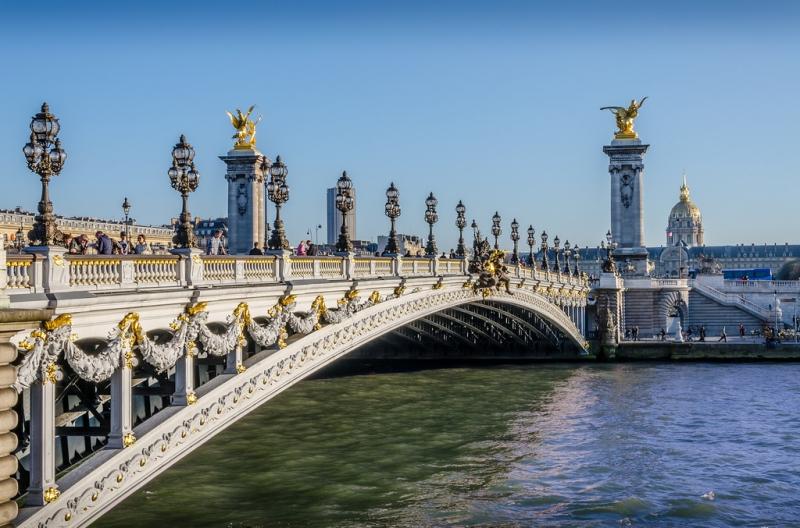
Alexandre III Bridge was built at the end of the 19th century as part of a series of projects carried out to serve the 1900 International Exhibition.
The exhibition took place on both sides of the Seine River, the bridge was the connecting tool. connection, helping millions of tourists cross the river more easily. The bridge was designed by two architects Résal and Alby, and its construction lasted nearly 3 years. The bridge structure is first prefabricated in the factory, then it is transported and installed by a large crane.
The bridge is decorated with many lampposts and sculptures of cherubs and goddesses. At each end of the bridge are large gilded statues placed on 17m high granite pillars. Each decoration on the bridge is designed by a different artist.
For many years, Alexandre III Bridge has always been one of the attractions in Paris that many tourists come to admire and explore. We invite you to book a tour to France to have the opportunity to enjoy the famous landmarks of the capital of light as well as other beautiful cities.
9.Orsay Museum
The Orsay Museum is an art museum located in District 7, Paris. This is also the old railway station structure built in 1900 to prepare for the world exhibition. In 1970, it was renovated and in 1986 it was officially opened to visitors. The Orsay is one of Paris's most important museums. Here are the most valuable collections of impressionism and post-impressionism, works by famous artists such as Claude Monet, Édouard Manet, Edgar Degas, Paul Cézanne, Auguste Rodin, Pierre-Auguste Renoir, Vincent van Gogh... This place also attracts more than 3 million tourists and becomes the most crowded museum in the world. Orsay Museum was originally the Gare d'Orsay station, a Beaux-Arts architectural railway station built from 1898 to 1900. In 1970, people allowed the station to be demolished, but Jacques Duhamel - Minister Culture, vetoed plans to build a new hotel to replace that station.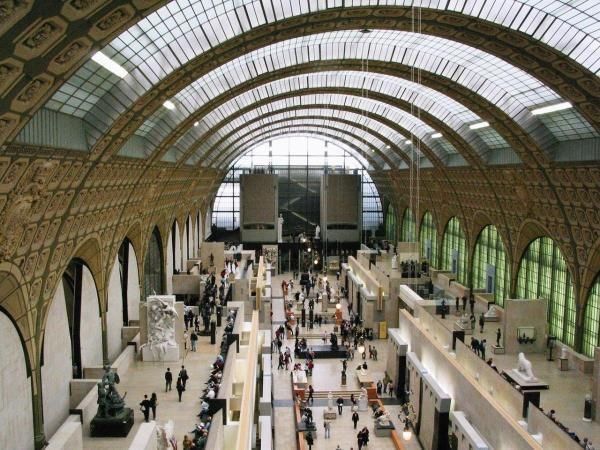
The station was included in the list of additional historical monuments and was finally listed in 1978. The proposal to turn the station into a museum was put forward by the French Directorate of Tourism, with the intention of The idea was to build a museum that would bridge the gap between the Louvre and the National Museum of Modern Art at the Center Georges Pompidou.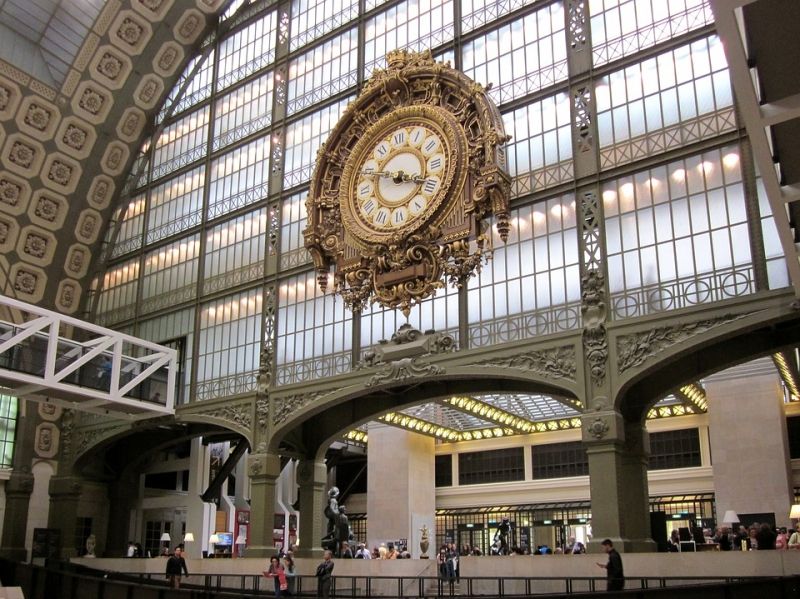
This four-storey construction was carried out by the company Bouygues. In 1981, Italian architect Gae Aulenti was commissioned to design the interior including the museum's interior planning, decoration, furniture and accessories. Finally in July 1986, the museum was ready to open its exhibits. It took 6 months to install 2000 paintings, 600 sculptures and other works. The museum was inaugurated by President François Mitterrand in December 1986. The Orsay Museum is a national museum, home to impressionist and post-impressionist works of art from around the world, including including Monet, Manet, Degas, Renoir, Cézanne, Seurat, Sisley, Gauguin and Van Gogh.
Outstanding works at the Orsay museum include the painting "The Lion Hunt" by Eugène Delacroix, the oil painting "The Artist's Studio" by Gustave Courbet, "The Source" by Jean Auguste Dominique Ingres, "The Harvester" by Jean-François Millet, “Olympia” by Édouard Manet, “Bathers on the Beach at Trouville” by Eugène Boudin, “Cathedral at Auvers” by Vincent van Gogh, sculpture “L'Existence” by Georges Lacombe…Institute The museum has gone through four generations of managing directors, Françoise Cachin from 1986-1994, Henri Loyrette from 1994-2001, Serge Lemoine from 2001-2008, Guy Cogeval from March 2008 to the present.
10.Palais Garnier Theater
Palais Garnier, commonly known as the Paris Opéra, is a 2,200-seat opera house in Paris, France. An outstanding child of architect Charles Garnier designed in the Neo-Baroque style. This theater was considered a masterpiece at that time. Inaugurated in 1875, despite many events and name changes, the Palais Garnier theater still retains its value to this day. The theater was recognized as a historical site in October 1923. Initially, the theater was called Salle des Capucines, due to the building's location on Avenue des Capucines in District 9 of Paris, France, but It was later renamed the Palais Garnier Opera House, in recognition of its elegance and honoring the architect who designed the building, Charles Garnier.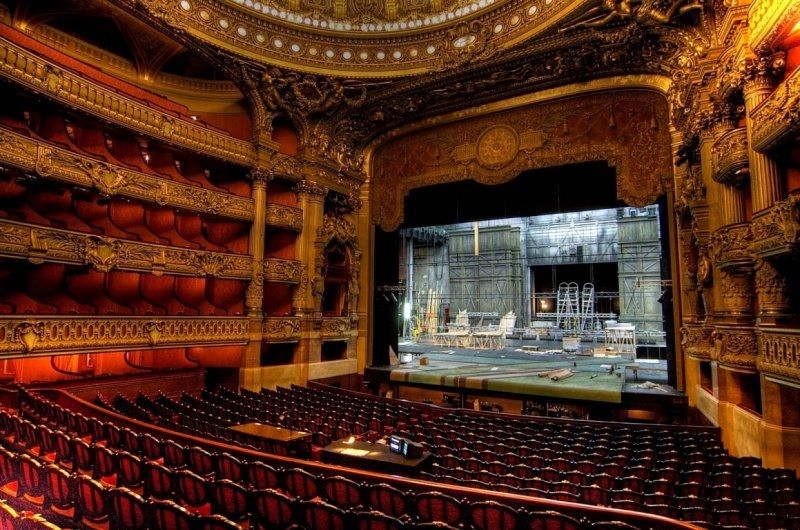
With a total cost of 33 million francs, it was the most expensive building built during the Second Empire. Another factor contributing to the reputation of the Palais Garnier Opera House is that one of the buildings built in Paris during the Second Empire, this opera house is the only building recognized as "a masterpiece of the highest level". ". When construction first began, because the theater was built on swampy ground, it was impossible to build a foundation as usual, so architect Charles Garnier built a double underground wall along with an underground water reservoir below. The tunnel is intended to waterproof as well as keep the ground stable. That's why the legendary and mysterious stories about the underground lake and the basement of the theater were born, and this was also the inspiration for writer Gaston Leroux to write one of the best masterpieces of all time. : “Phantom of the Opera” (Phantom of the Opera).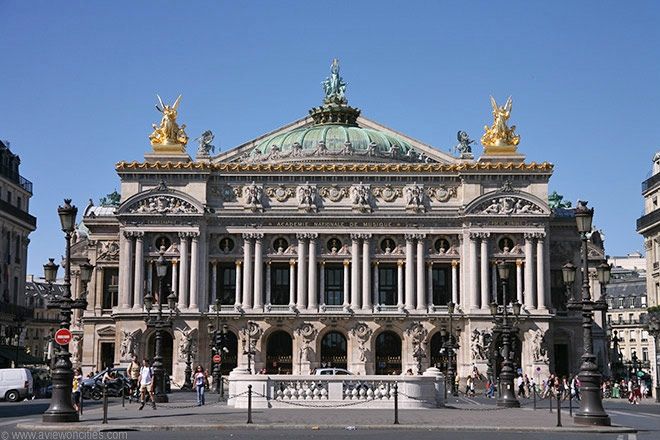
France is a magnificent and romantic country. With many famous ancient and unique architectural works attracting many tourists. The country has a long tradition and history. Special architectural works create the unique identity of France.




































